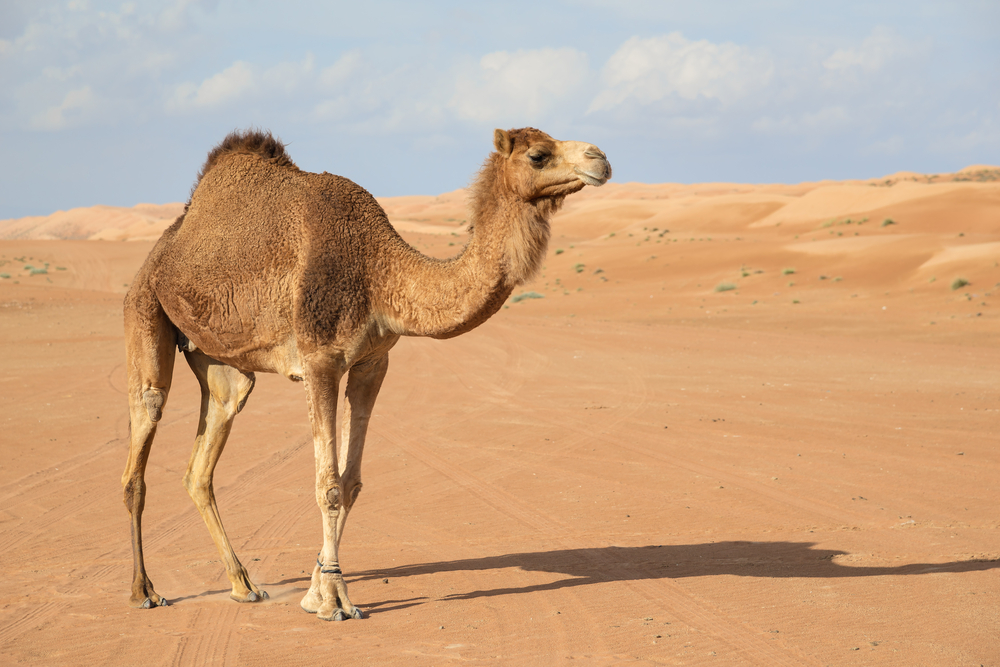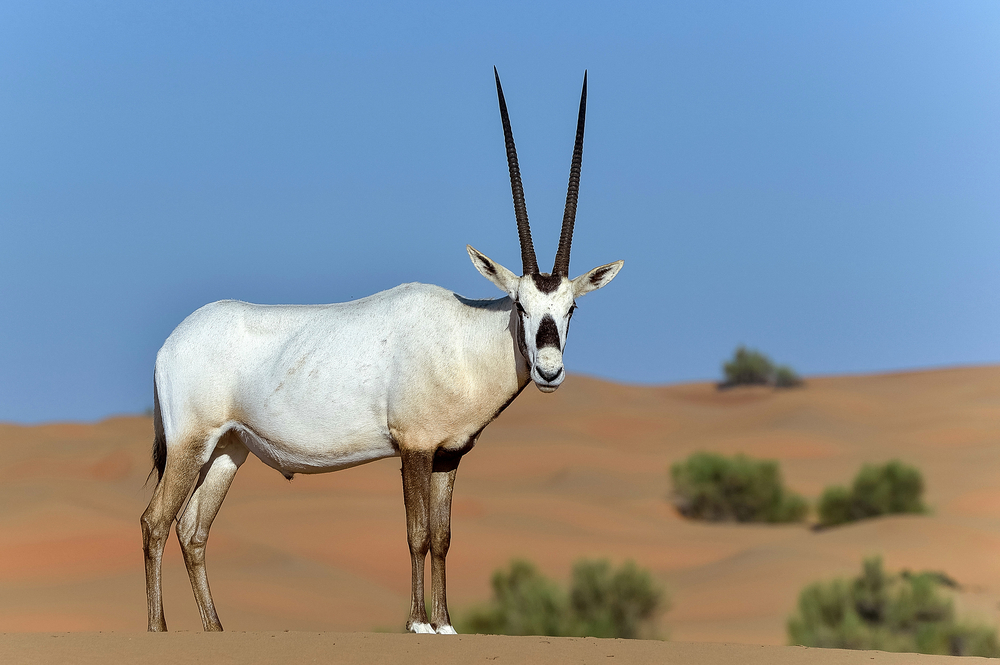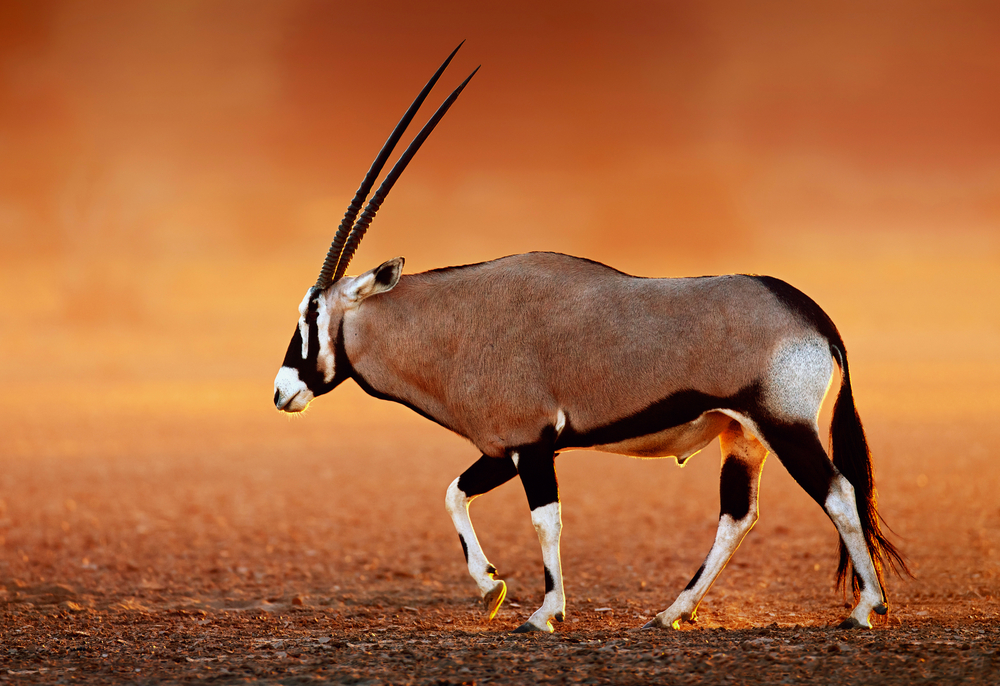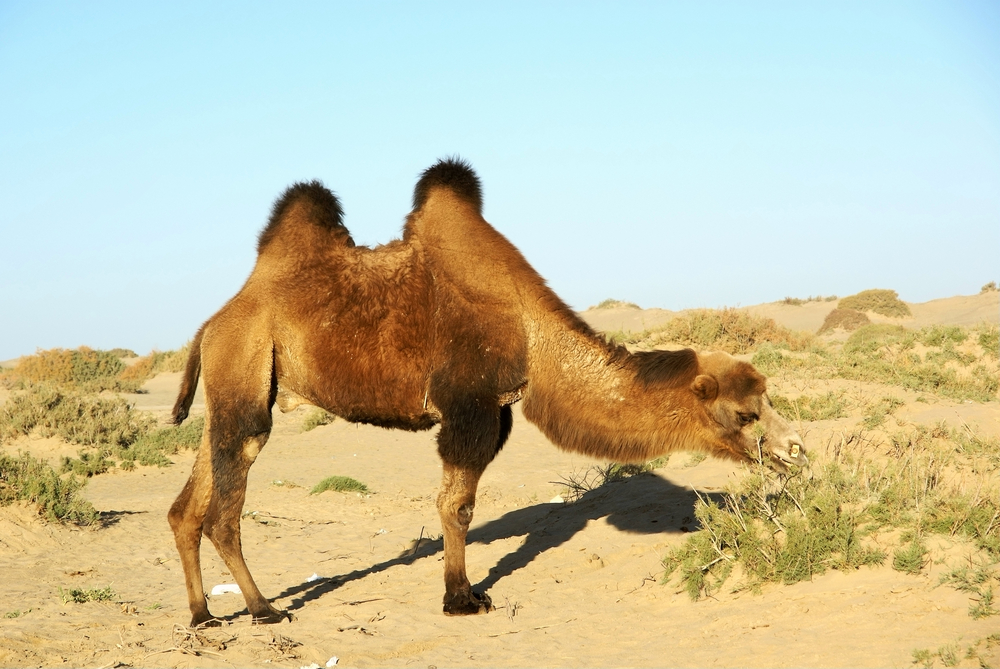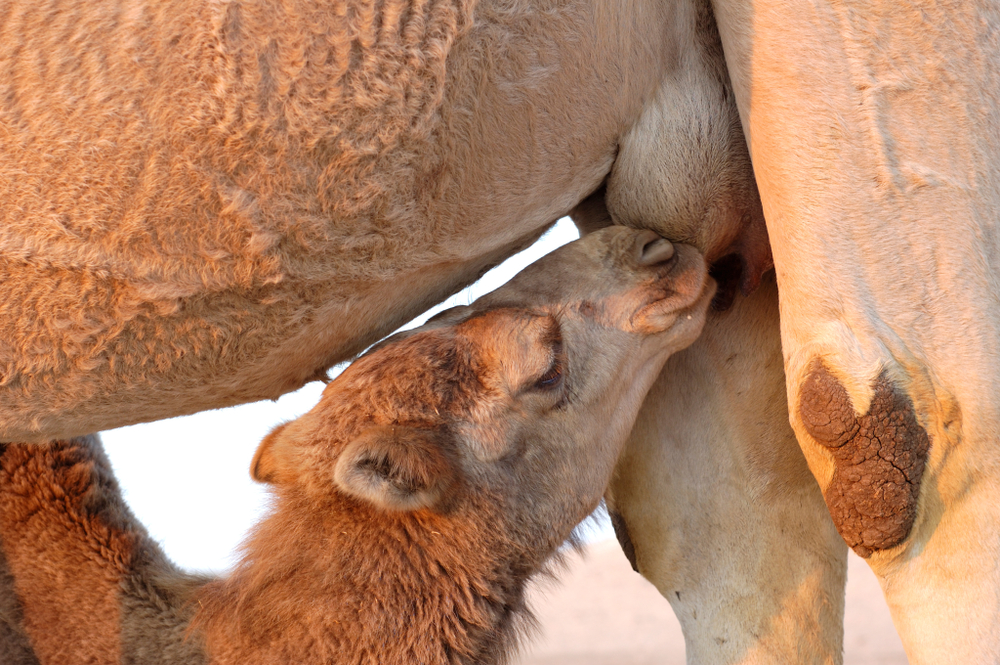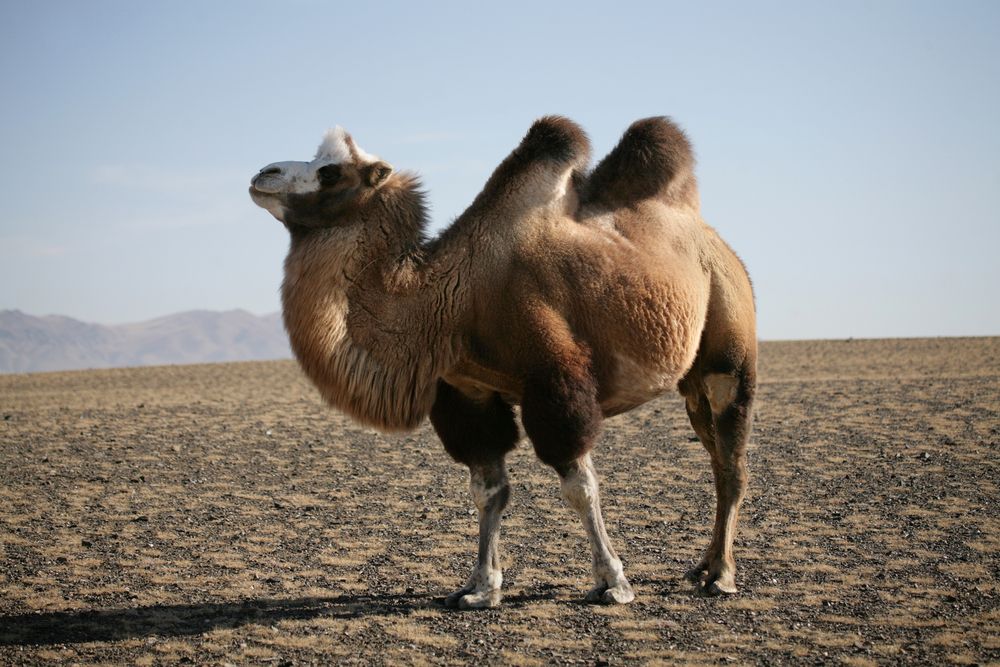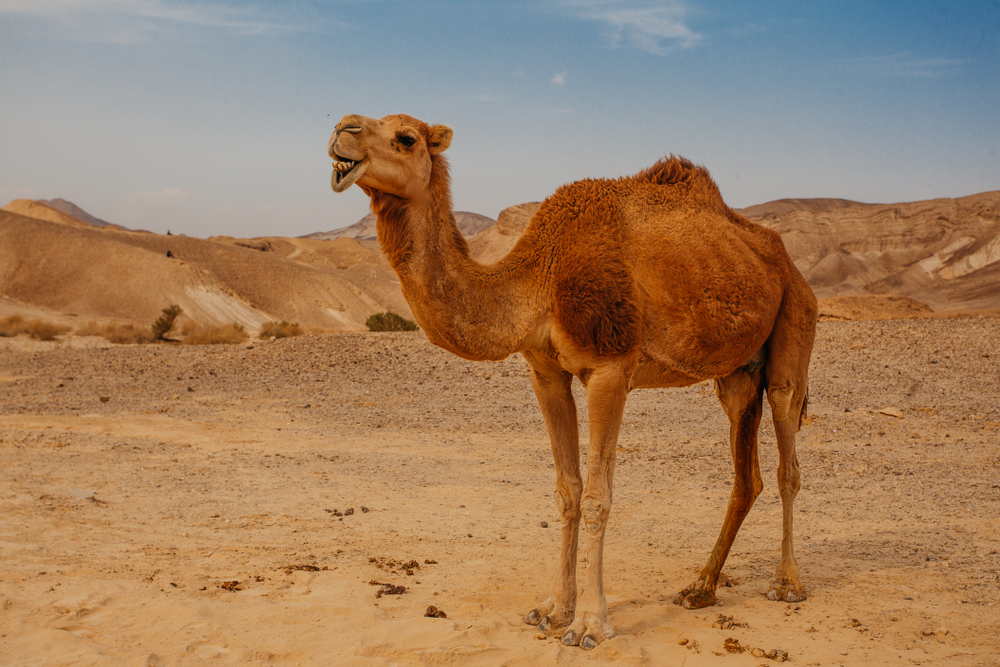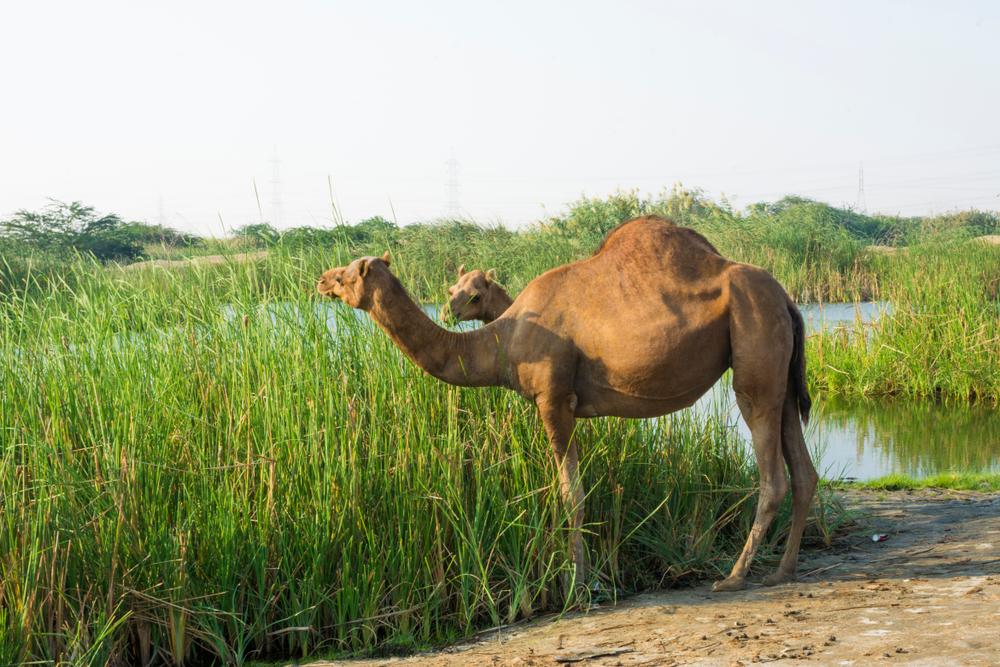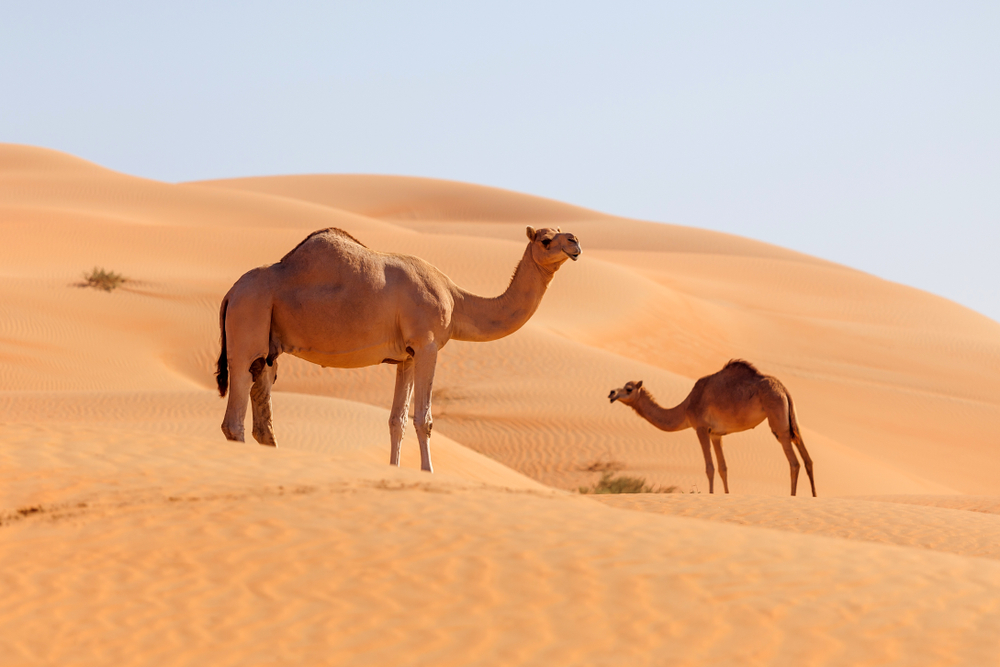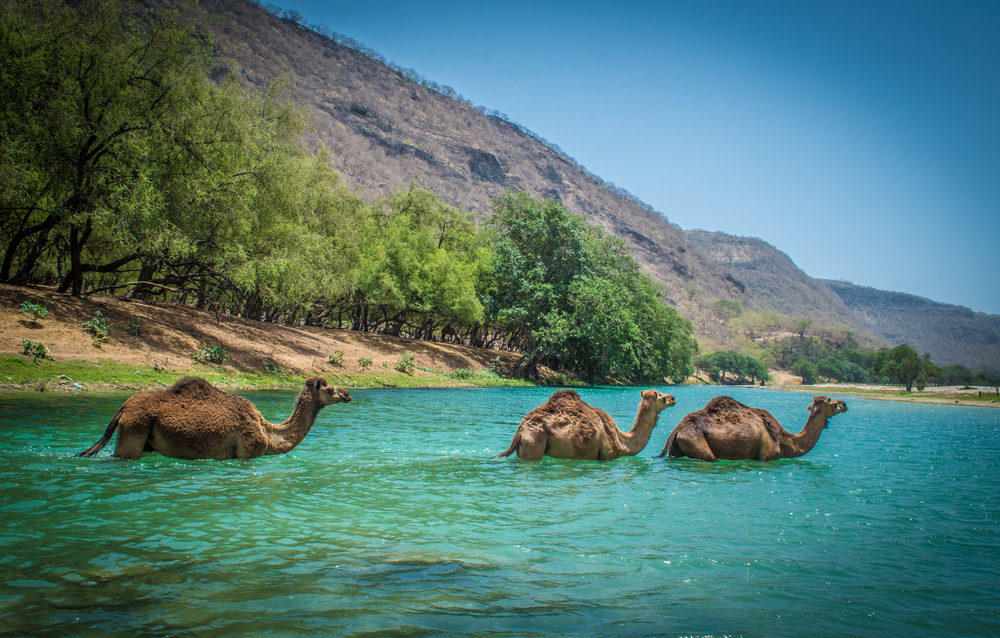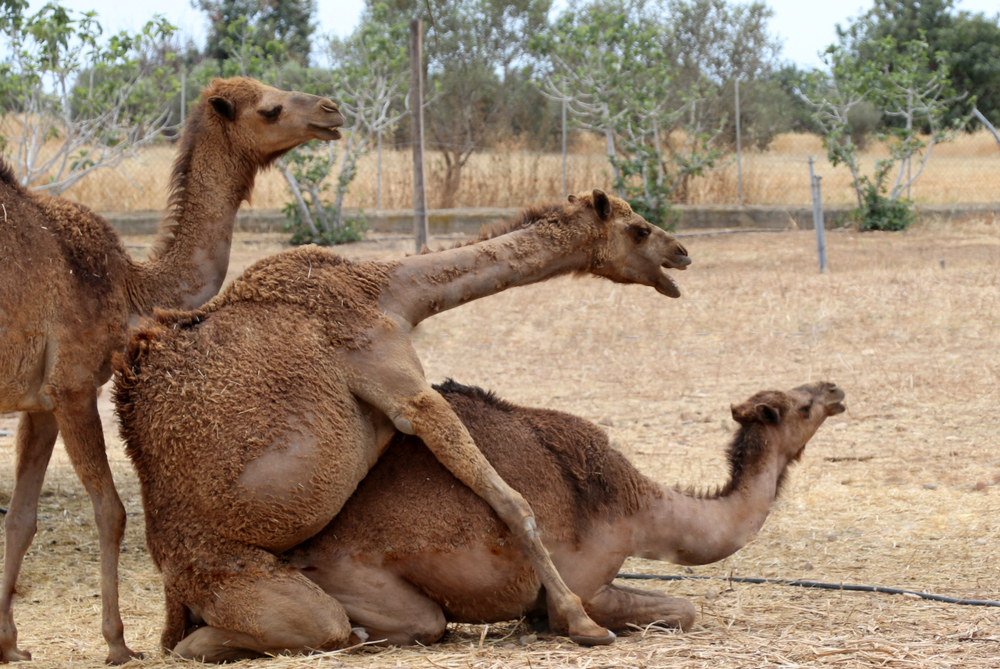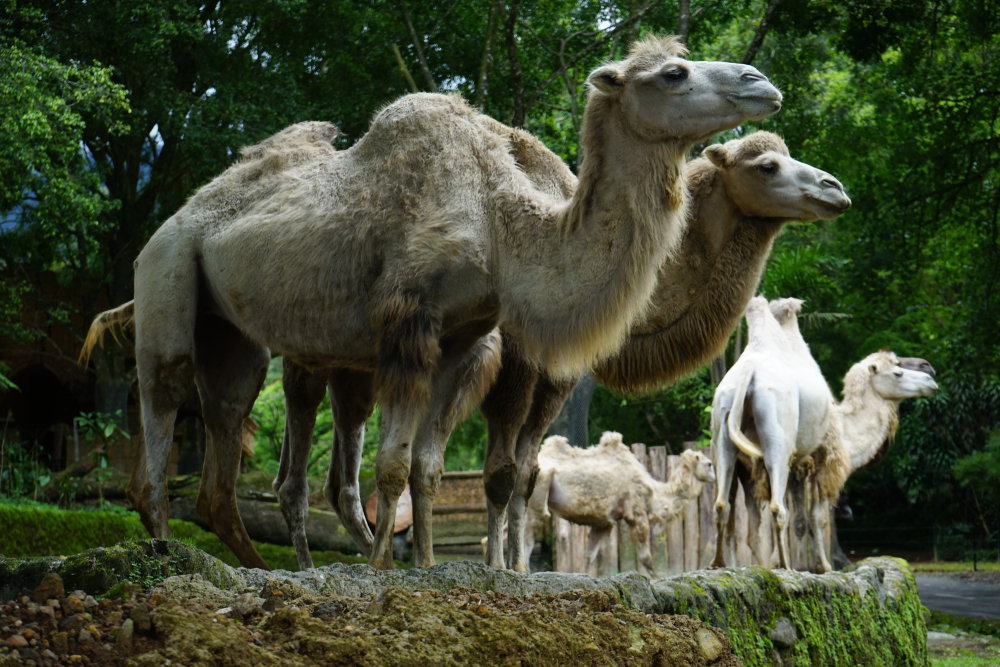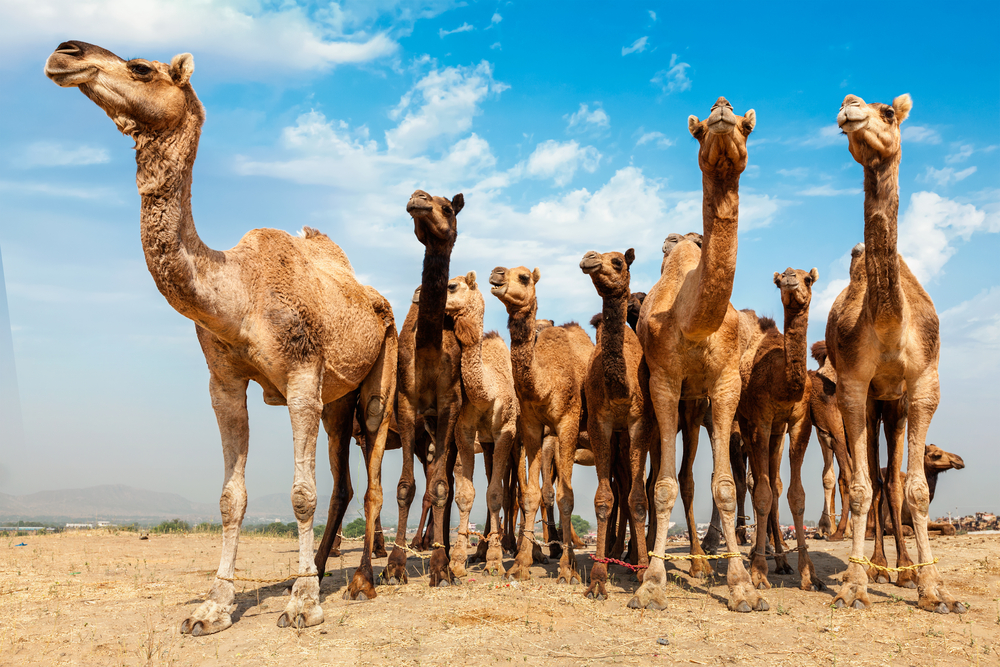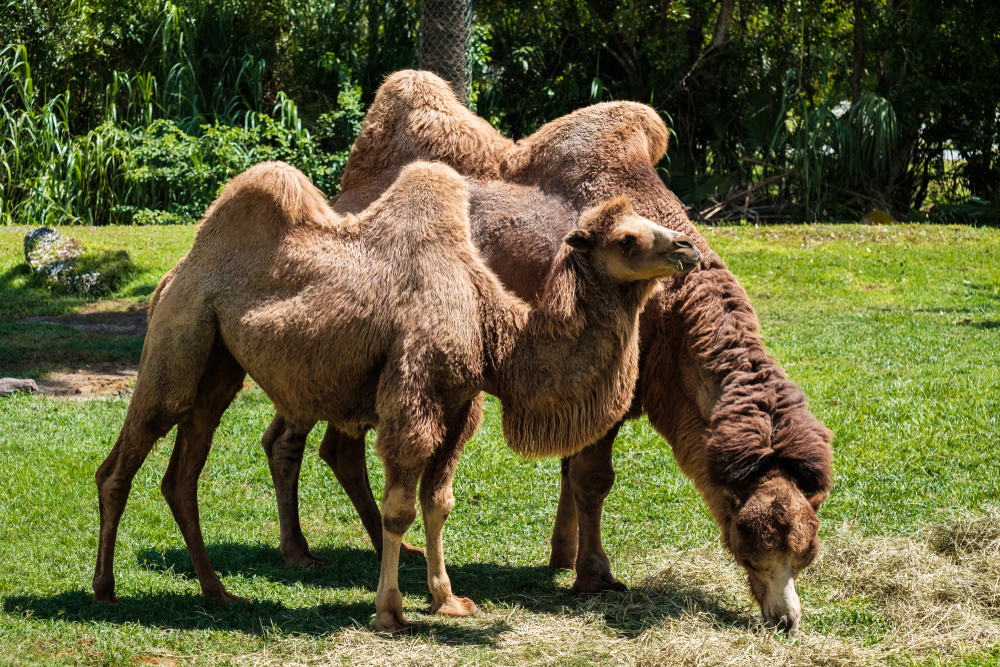About
#Mammals
The Camel, scientifically known as Camelus, encompasses two main species: the dromedary camel (Camelus dromedarius) and the Bactrian camel (Camelus bactrianus). These species belong to the Camelidae family, which also includes llamas, alpacas, and guanacos. Camels are classified within the order Artiodactyla, joining the ranks of other even-toed ungulates like deer, antelopes, and cattle.
Adapted to arid and desert environments, camels are renowned for their remarkable ability to withstand extreme temperatures and prolonged periods without water. Their distinctive humps store fat, not water as commonly believed, providing them with a reservoir of energy to endure harsh conditions.
The Camel exhibits unique physiological and behavioral adaptations that enable it to thrive in desert landscapes. Their wide, padded feet help them navigate sandy terrain, while their long, thick eyelashes and nostrils can close to protect against blowing sand and dust. Additionally, their ability to conserve water through minimal sweating and concentrated urine aids in survival in water-scarce regions.
Camels have been invaluable to human societies for millennia, serving as essential modes of transportation and sources of milk, meat, and wool. Their domestication has played a pivotal role in the development of trade routes and the livelihoods of desert-dwelling communities across Africa, Asia, and the Middle East.
Conservation Status
The conservation status of camels varies between species and populations. Generally, domesticated camels are not at risk of extinction, with large populations distributed across their range. However, wild Bactrian camels, native to the deserts of Central Asia, are critically endangered.
The International Union for Conservation of Nature (IUCN) lists the wild Bactrian camel as critically endangered on the Red List due to habitat loss, poaching, and competition with domestic livestock. Conservation efforts focused on habitat preservation and captive breeding programs are essential for the survival of this endangered species
Threatened:
Extinct
Critically Endangered
Endangered
Vulnerable
Near Threatened
Least Concern



































































